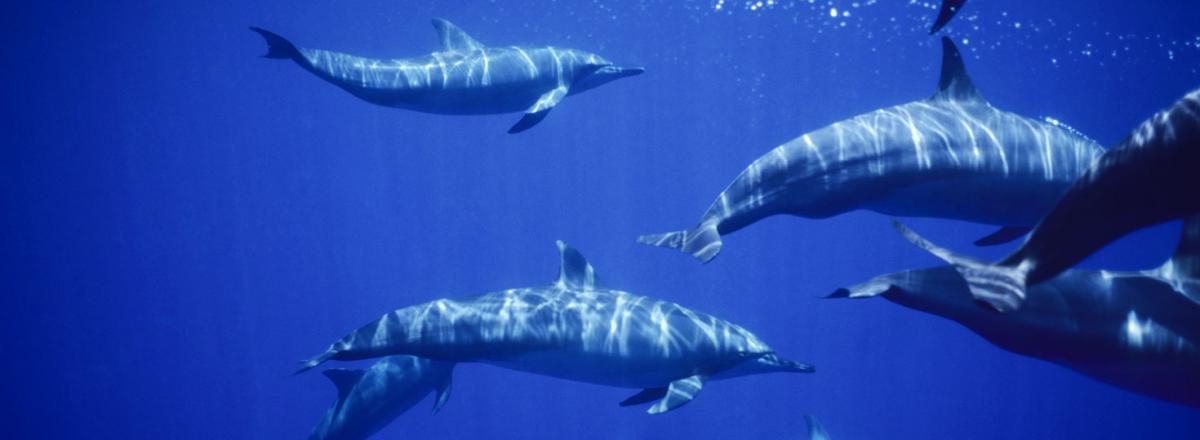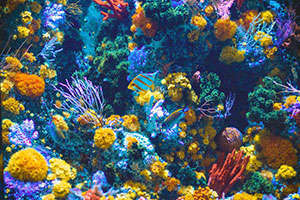
FAD management: a challenge for the industry at large

The management of Fishing Aggregating Devices (FADs) is a key concern for the fishing industry and, as a result, one of our company’s foremost priorities. Based on the guidelines of the International Seafood Foundation (ISSF), we work in close collaboration with our strategic partner Tri Marine in order to ensure optimal use of the FADs used by vessels from which we procure our fish, including those owned by us.
Fishing Aggregating Devices are rafts or buoys with transceivers that are deployed in the ocean prior to fishing, so that conditions capable of attracting schools of fish in search of food or protection are recreated underneath them. This technique is the result of observations made by fishermen who noticed the natural tendency of fish to gather beneath logs of wood or other floating objects. Since this technique provides skippers with information regarding the localization and number of fish that have gathered beneath these objects, it is used to maximize fishing.
As regards FAD use and management, the ISSF has formulated the following Best Practices:
Comply with flag state and Regional Fisheries Management Organization (RFMO) reporting requirements for fisheries statistics by set type
Report data on FAD use for use by RFMO science bodies (tracks, echosounder estimates of biomass, etc.)
Support science-based limits on the overall number of FADs used and/or FAD sets made
Use non-entangling FADs only and promote the use of biodegradable FADs
Develop a FAD recovery policy, including arrangements to alert coastal countries of derelict FADs that may impact sensitive areas
For silky sharks (the main bycatch issue in FAD sets) implement further mitigation efforts
- Only non-entangling FADs (in compliance with ISSF guidelines;
- Max 300 drifting FADs deployed per vessel, without increasing them where the number of FAD used was less than 300;
- Report fishing data to RFMOs, including data related to FAD USE, within four months;
- Identification of additional measures such as limitation of the number of FAD sets, use of biodegradable FADs and limit for the use of auxiliary boats.
- Continue to forbid the use of auxiliary craft;
- Limit FAD use: max 150 FADs deployed in the Atlantic Ocean (Saupiquet) and max 300 FADs deployed in the Pacific Ocean (Garavilla);
- Register vessels owned by us on the transparentsea.org website where we will post data regarding fishing expeditions within a four-month period.

